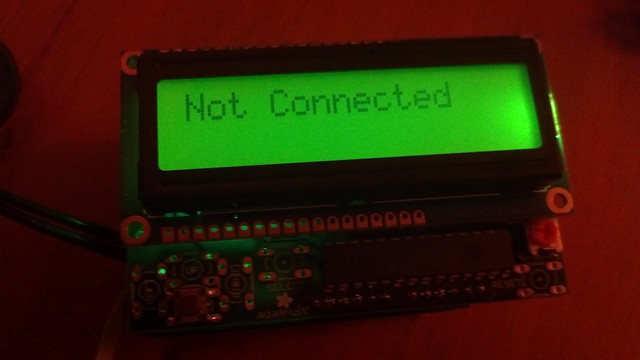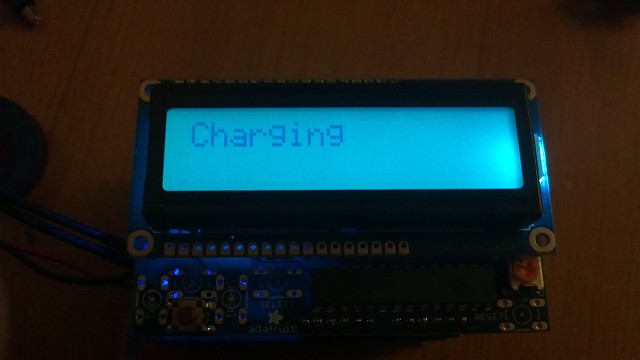SuperGrover said:
I was just curious, aside from being able to use an Arduino, what are the benefits (if any) of an Arduino version over the OpenEVSE version? I would imagine it is possible to add additional functions more easily.
I was thinking, this is overkill for the LEAF's present charger, but perhaps we could add a way to have the Arduino identify the adapter end that is being used and adjust the available amperage rating that is report to the vehicle's charger accordingly. This would certainly add a bit of complexity as there would have to be some sort of identifier in a machine readable form integrated into the various extensions. If you have an L6-20, it would report back 20 amps, if you use an L6-30, 30 amps and so forth. Again, this is overkill for the LEAF's present on board charger, but might be something that is beneficial to other types and future electric vehicles.
Also, I know the connection is different on the Tesla models (unless they are using the J1772 adapter), but have you posted your link in the Tesla forums as well? You might get a few additional votes that way.
Good luck!
Tesla does this on their "HPC" portable charger, the adapters have different resisitors that the HPC reads, and then sets the J-1772 pilot signal based on the adapter used. I think this is way overkill for OpenEVSE, and it would also mean additional contacts would be needed on the AC power cord (to read the resistance of the adapter to identify it)
Most people use the OpenEVSE in a fixed spot, and just set the MAX current to what the circuit can provide. The other choice is making it for portable use, in that case you want the ability to set the MAXIMUM current, and that can be accomplished via a bluetooth adapter, by use of the 16x2 line LCD interface and a few pushbuttons (currently being worked on), or even via a serial port or a LAN interface.
The advantage of OpenEVSE on the Arduino form factor is, you can then use any of the other availble, existing Arduino shields to add functionalilty, so you don't have to "reinvent the wheel", for example, if you want to add an ethernet LAN interface, just buy an existing shield that has it, plug it it to the stack, then add in the library & code, recompile / upload... done, no muss, no fuss.
Chris has already brought out the unused digital and analog pins on the atmel chip and even labeled them, so unless you are into adding a bunch of functionality, you don't really need the Arduino shield version of OpenEVSE, unless you already have an Arduino and want to experiment with it/use it because you have it, or even use a larger version (R3) that has a lot more codespace (256K versus 32K), it all depends on what you want to do with the EVSE/design.













